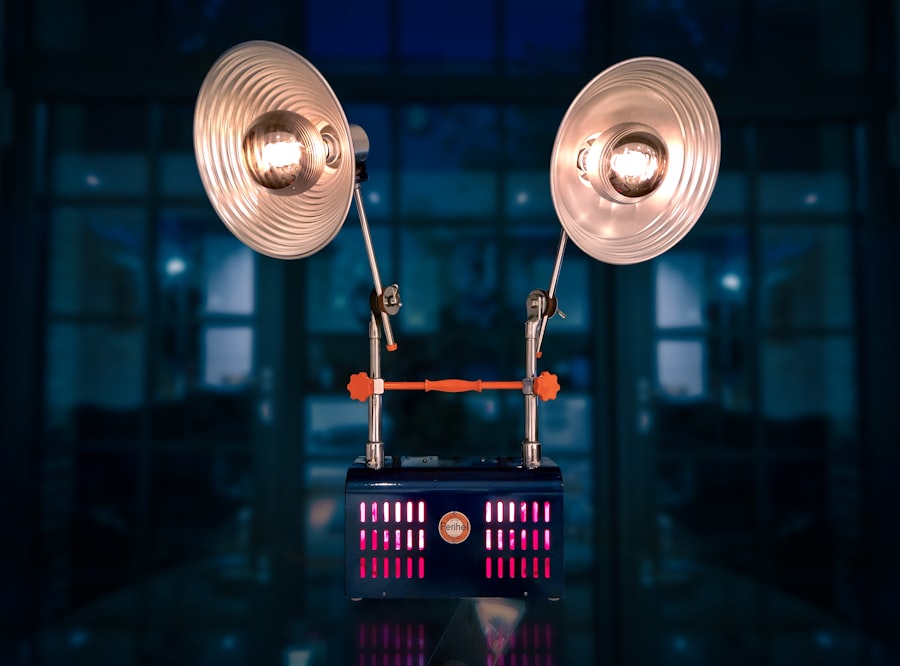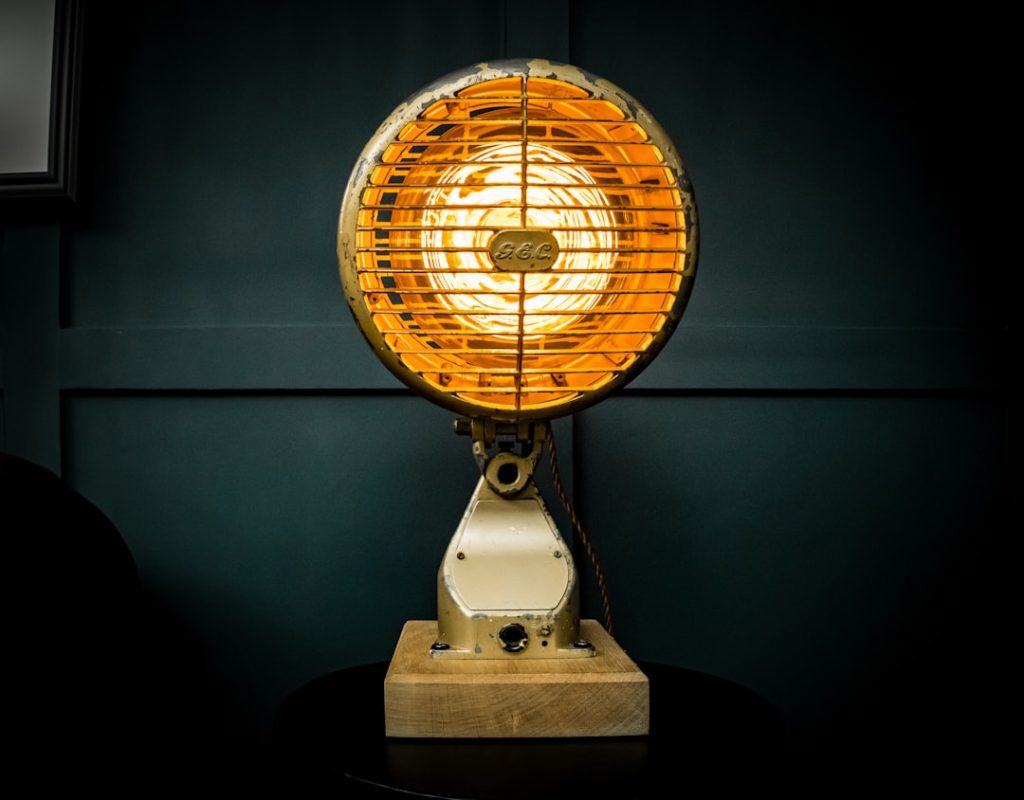Brooding chickens is a critical process in raising healthy poultry. It involves providing a warm, safe environment for newly hatched chicks until they are ready to move to a coop. The brooder acts as a substitute for a mother hen, offering warmth, protection, and access to food and water.
Understanding the brooding process and recognizing signs that chicks are ready to transition to a coop is essential for their well-being. The duration of brooding is crucial for chick growth and development. During this time, chicks require specific temperature, humidity, and care conditions.
Monitoring their progress and observing their behavior helps determine when they are prepared to leave the brooder. Proper timing of this transition is vital for the chicks’ continued health and adaptation to their new environment. Successful brooding and transition to a coop set the foundation for chickens to thrive in a farm or homestead setting.
By following established guidelines and best practices, poultry keepers can ensure their chicks grow into healthy, productive adult birds.
Table of Contents
- 1 Ideal Duration for Keeping Chickens in a Brooder
- 2 Signs that Chickens are Ready to Leave the Brooder
- 3 Importance of Properly Timing the Transition from Brooder to Coop
- 4 Tips for a Smooth Transition from Brooder to Coop
- 5 Common Mistakes to Avoid When Transitioning Chickens from Brooder to Coop
- 6 Conclusion and Final Considerations for Brooding Chickens
- 7 FAQs
Key Takeaways
- Brooding chickens involves providing a warm and safe environment for young chicks to grow and develop.
- The ideal duration for keeping chickens in a brooder is typically 6-8 weeks, depending on the breed and environmental conditions.
- Signs that chickens are ready to leave the brooder include fully feathered bodies, ability to regulate body temperature, and a strong and healthy appearance.
- Properly timing the transition from brooder to coop is important to ensure the chickens are ready for the change in environment and weather.
- Tips for a smooth transition from brooder to coop include gradually introducing the chickens to the new space, providing adequate warmth and protection, and monitoring their behavior closely.
- Common mistakes to avoid when transitioning chickens from brooder to coop include rushing the process, exposing them to extreme weather conditions, and overcrowding the coop.
- In conclusion, it is important to carefully consider the needs of the chickens and the conditions of the coop before transitioning them from the brooder, to ensure their health and well-being.
Ideal Duration for Keeping Chickens in a Brooder
Factors Affecting Brooder Duration
The ideal duration for keeping chickens in a brooder typically ranges from 4 to 8 weeks, depending on various factors such as breed, environmental conditions, and individual chick development. During this time, the chicks rely on the brooder for warmth, protection, and access to food and water.
Monitoring Chick Development
Some breeds may mature faster than others, so it is essential to observe their feather development, activity level, and ability to regulate their body temperature. Additionally, providing a stimulating environment with perches, toys, and space to move around can contribute to their physical and mental development during their time in the brooder.
Providing a Safe and Stimulating Environment
It is essential to provide them with a warm and safe environment during this critical stage of their lives. The duration may vary depending on factors such as breed, environmental conditions, and individual chick development. Monitoring their growth, behavior, and feather development can help determine when they are ready to transition to the coop.
Ensuring a Successful Transition
By understanding the ideal duration for keeping chickens in a brooder, you can ensure that they have the best start in life and are well-prepared for the transition to the coop.
Signs that Chickens are Ready to Leave the Brooder

There are several signs that indicate when chickens are ready to leave the brooder and transition to the coop. One of the most significant signs is feather development. As the chicks grow, they will begin to develop their adult feathers, which provide better insulation and protection from the elements.
Additionally, observing their behavior can provide valuable insights into their readiness to leave the brooder. Chicks that are active, curious, and confident in exploring their surroundings are likely ready for the transition. Another important sign is their ability to regulate their body temperature.
As they grow older, chicks become more adept at maintaining their body heat, indicating that they are ready to handle the temperature fluctuations in the coop. Recognizing the signs that indicate when chickens are ready to leave the brooder is crucial for a successful transition to the coop. Feather development is a significant indicator of their readiness, as it provides better insulation and protection from the elements.
Observing their behavior can also provide valuable insights into their readiness, as active and curious chicks are likely prepared for the transition. Additionally, their ability to regulate their body temperature is an important sign of readiness, as it indicates their ability to handle temperature fluctuations in the coop. By paying attention to these signs, you can ensure that your chickens are well-prepared for the next stage of their development.
Importance of Properly Timing the Transition from Brooder to Coop
Properly timing the transition from brooder to coop is crucial for the well-being and development of your chickens. Moving them too early can expose them to temperature fluctuations and stress, while delaying the transition can lead to overcrowding and behavioral issues in the brooder. By understanding the signs that indicate when chickens are ready to leave the brooder, you can ensure a smooth and successful transition to the coop.
Additionally, considering environmental factors such as weather conditions and predator threats can help determine the optimal timing for the transition. Providing a safe and comfortable environment in the coop with access to food, water, and perches is essential for supporting their transition and ensuring their continued growth and well-being. Properly timing the transition from brooder to coop is essential for setting your chickens up for success in their new environment.
Moving them too early can expose them to temperature fluctuations and stress, while delaying the transition can lead to overcrowding and behavioral issues in the brooder. By understanding the signs that indicate when chickens are ready to leave the brooder and considering environmental factors such as weather conditions and predator threats, you can determine the optimal timing for the transition. Providing a safe and comfortable environment in the coop with access to food, water, and perches is crucial for supporting their transition and ensuring their continued growth and well-being.
Tips for a Smooth Transition from Brooder to Coop
Transitioning chickens from a brooder to a coop can be a delicate process that requires careful planning and consideration. To ensure a smooth transition, it is essential to gradually introduce them to their new environment. This can be done by allowing them supervised access to the coop during the day while returning them to the brooder at night.
Providing familiar bedding and perches in the coop can also help ease their transition. Additionally, offering treats such as mealworms or fresh greens can encourage them to explore their new surroundings and associate positive experiences with the coop. Monitoring their behavior and providing reassurance during this time can help alleviate any stress or anxiety they may experience during the transition.
Transitioning chickens from a brooder to a coop requires careful planning and consideration to ensure a smooth process. Gradually introducing them to their new environment by allowing supervised access to the coop during the day while returning them to the brooder at night can help ease their transition. Providing familiar bedding and perches in the coop can also help make them feel more at home in their new surroundings.
Additionally, offering treats such as mealworms or fresh greens can encourage them to explore and associate positive experiences with the coop. Monitoring their behavior and providing reassurance during this time can help alleviate any stress or anxiety they may experience during the transition.
Common Mistakes to Avoid When Transitioning Chickens from Brooder to Coop

Timing is Everything
When moving chickens from a brooder to a coop, it’s essential to avoid transitioning them too early. Chickens need to be fully feathered and able to regulate their body temperature before making the move. Moving them too soon can expose them to temperature fluctuations and stress, which can negatively impact their health and well-being.
Space Matters
Another common mistake is overcrowding in the coop. This can lead to aggression and behavioral issues among the chickens. It’s crucial to provide enough space for them to move around comfortably and establish a pecking order without causing undue stress or harm.
Predator Protection is Key
Failing to provide adequate protection from predators in the coop can put your chickens at risk of harm or injury. Ensuring the coop is secure and protected from predators is essential for keeping your chickens safe.
By avoiding these common mistakes, you can ensure a successful transition for your chickens and provide them with a safe and healthy environment in their new coop.
Conclusion and Final Considerations for Brooding Chickens
In conclusion, brooding chickens is an essential part of raising healthy and happy poultry. Understanding the ideal duration for keeping chickens in a brooder, recognizing signs that indicate when they are ready to leave, properly timing the transition from brooder to coop, and following tips for a smooth transition are all crucial aspects of this process. By avoiding common mistakes such as moving them too early or overcrowding in the coop, you can ensure a successful transition for your chickens.
When brooding chickens, it is important to consider various factors such as breed, environmental conditions, individual chick development, and behavioral indicators of readiness for transitioning from brooder to coop. By following proper guidelines and providing a safe and nurturing environment during this critical stage of their lives, you can set your chickens up for a thriving life on your farm or homestead.
If you’re considering how long to keep chickens in a brooder, you may also be interested in learning about large chicken coop ideas. A well-designed coop is essential for the health and happiness of your flock as they grow and mature. Check out this article on large chicken coop ideas for some inspiration on creating a comfortable and spacious living space for your chickens.
FAQs
What is a brooder?
A brooder is a heated enclosure used to raise young poultry, such as chicks, until they are old enough to regulate their own body temperature.
How long do you keep chickens in a brooder?
Chickens are typically kept in a brooder for 4-6 weeks, or until they are fully feathered and able to regulate their own body temperature.
What temperature should a brooder be kept at?
The brooder temperature should be kept at around 95 degrees Fahrenheit for the first week, and then decreased by 5 degrees each week until the chicks are fully feathered.
What type of bedding should be used in a brooder?
Pine shavings or straw are commonly used as bedding in a brooder. It is important to use a material that is absorbent and easy to clean.
What kind of light should be used in a brooder?
A heat lamp or infrared bulb is typically used to provide warmth in a brooder. It is important to use a bulb specifically designed for use with poultry to prevent fire hazards.
What should be provided in a brooder for the chickens?
Chickens in a brooder should have access to fresh water, chick starter feed, and a source of warmth. It is also important to provide a clean and dry environment to prevent disease.
Meet Walter, the feathered-friend fanatic of Florida! Nestled in the sunshine state, Walter struts through life with his feathered companions, clucking his way to happiness. With a coop that’s fancier than a five-star hotel, he’s the Don Juan of the chicken world. When he’s not teaching his hens to do the cha-cha, you’ll find him in a heated debate with his prized rooster, Sir Clucks-a-Lot. Walter’s poultry passion is no yolk; he’s the sunny-side-up guy you never knew you needed in your flock of friends!







